What is the Passover (Pesach) Seder? This is a celebration, a feast, where the escape from Egypt/the Exodus is retold and celebrated. It is also the beginning of the Feast of Unleavened Bread.
What is the Feast of Unleavened Bread? It is a 7-day feast which starts on the 15th Nisan through to the 22nd Nisan and no yeast is to be eaten in any of your food. (Galatians 5:9) “A little leaven leavens the whole lump.” It is the result of having just a little sin (yeast) in your life, it spoils everything. (1 Corinthians 5:6-7) “Your boasting is not good. Do you not know that a little leaven leavens the whole lump? Cleanse out the old leaven that you may be a new lump, as you really are unleavened. For Christ, our Passover lamb, has been sacrificed.”
What happens at the Seder? The story of the Exodus is told, there is a discussion where questions are asked and answers are given according to the Haggadah, there is the drinking four cups of wine, eating matza, partaking of symbolic foods placed on the Passover Seder plate, and reclining in celebration of freedom.
I would highly recommend that you find one in your area and attend. Look for one led by a Messianic Rabbi as you will be able to hear the correlation between the scriptures in the New Testament as well as the Old Testament. If you get one led by a traditional Jewish Rabbi then you won’t get the correlation. This would be fine if you know your bible well and are able to pick up on certain cues and scriptures will come to you mind.
What is the Haggadah? This is a book that you will use to go through each step of the Seder. I also want to alert you that there are many different Haggadahs out there and each will have a different interpretation of each of the elements on the Seder plate. There are Black Lives Matter Haggadah, Mental Health Haggadah, each one will have a different way of describing things that will have their own slant on things. I am letting you know this so that if you get invited to someone’s Passover dinner, don’t assume that this is how all of them are conducted. That person could have a special way of doing their Passover Seder that will contain elements of what is important to them – what they overcame/their personal exodus. Here is a link to a Messianic (Jewish believer in Christ as the Messiah) Haggadah
How long does it take to go through the Haggadah and the prayer? It’s long! I’ve been to several and just the explanation of each elements, questions being asked by the host/leader and response from the audience it took 1 hour and 15 minutes/ to 1 1/2 hours. Then you eat an actual meal afterwards, so you are talking about 2.5 – 3 hours. You may want to eat before you show up for a Seder! LOL or at least have a light snack because you will be sitting there going through the book before you actually have a meal served!
The 4 glasses of wine. During the Seder 4 glasses of wine is poured. This also has a different interpretation based on who is hosting the Seder. Each glass should be 3 ozs (this would probably explain why there was so much reclining during the Seder, LOL). Perhaps in the picture of the Last Supper, John who’s seen reclining on Jesus may have exceeded his limit on the Manischewitz! LOL Joking.
From a Christian perspective here is the meaning of each cup based on Exodus 6:6-7.
The Cup of Sanctification – “I will bring you out from under the burdens of the Egyptians.” (John 17:19)
The Cup of Deliverance – “I will rescue you from their bondage.”(John 8:32)
The Cup of Redemption – “I will redeem you with an outstretched arm.” (Galatians 4:4-5)
The Cup of Praise – “I will take you as My people.” (John 15:11)
The Seder Plate (Ke’ara) and the Items on the Plate. Is this the dinner? No. LOL I have to say this because the first time I attended a Seder and they brought out this plate I thought to myself “oh my goodness please tell me this is not the meal!” LOL Everything looked odd and I thought “I’m going to be starving after this!” I am going to insert a diagram here the shows the plate with the items on the plate.
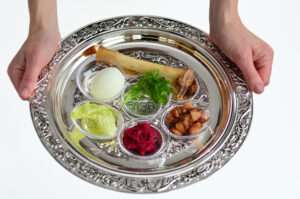
- Hard boiled Egg (beitzah)
- Lamb Shank/can also be chicken leg bone -with the inflation you’re probably getting the chicken bone, unless you paid $50+ for your Seder (zeroa)
- Paste made from apples, walnut and red wine (charoset)
- Bitter herbs/horseradish (maror)
- Vegetables/Romaine Lettuce (chazeret)
- Parsley (karpas)
Each one of these items holds significance to the story of the Exodus. You may find various interpretation of these items based again on the person who hosts the Seder but some of them remain the same regardless.
So here’s my take on this:
Beitzah. The egg signifies the new birth, a new beginning, a symbol of hope, remember this were just starting out from Egypt. Also achieved through tears as the egg is dipped in saltwater/wine vinegar which is on the table. It is also Nisan which is the first month of the year. In essence, this is God’s New Year. Happy New Year!
Z’roa. The lamb shank is for the Passover lamb and also the lamb’s blood that was sprinkled over the door post as the protection from the final plague as they left Egypt. For us as Christians, we know Jesus as our Passover lamb. And, we celebrate Easter.
The Charoset, which is the paste, made from apples, walnuts and red wine is said to represent bricks and mortar and the labor they had to endure in slavery by building the Egyptian empire.
Maror. The bitter herbs and generally they use horse radish on the plate for this, signifies the bitterness of their slavery.
The Chazeret. Generally using the stalk part of romaine lettuce or radicchio/endive, is suppose to be another bitter type of vegetable also representing bitterness.
Karpas. A sprig of Parsley or sometimes boiled potato is said to symbolize new beginnings and the initial years of flourishing in Egypt. It also symbolizes spring. When it comes to eating the parsley they dip it in salt water/wine vinegar which is in a bowl on the table before eating it. This signifies that what they thought was a good thing for them turned salty or ended in tears (salt water). Has this happened to you before? Something you thought was a good thing ends in tears.
In between eating each of these elements portions of the Haggadah is read which explains each one.
Matzah on the table. On the table is also 3 pieces of matzah which is wrapped in a cloth. Matzah is unleaven bread. Remember now Passover is the start of the Feast of Unleavened Bread which continues from Nisan 15th to Nisan 22nd (7 days)
These are all used as a part of the celebration. Christians say this represents Father, Son and Holy Ghost.
Especially since the middle one (the Son) is broken in half. Signifies the broken body of Christ for our iniquity.
The larger half is then wrapped and hidden for the youngest child to find at the end (afikoman). Once the child finds it, they get a prize and then the matzah is divided up and served to the guests.
Think about it, the Son comes, He is broken and then He leaves (hidden/wrapped) to then return again(resurrection). Isn’t that beautiful?
Once what is hidden (the mystery of the Gospel) is found, this then brings about the communion. This is the portion of the Seder where the Christians usual interject the communion. Because once the matzah returns and is broke into smaller pieces to be divided amongst everyone and eaten and then they drink the 3rd cup of wine (known as the cup of redemption/salvation). It is a very powerful experience.
This is the part in the Seder where I usually get very emotional. But imagine trying to explain to your Jewish friends why you are crying when the child returns with the afikoman and it is divided as we all eat it together and drink the wine. Afikoman means “the one that comes after or I have come/I came” in Greek. To a Jewish person the one that comes after means time for dessert. They are enjoying the desert while you as a Christian however, you are thinking this is Jesus telling them that He came. And of course no one understands why there are tears rolling down your face during the dessert. It just goes to show you something could be staring you in the face and you still don’t get it (1 Corinthians 2:14). This is why I do those prophetic training videos so that you can hear God speak from regular every day things.
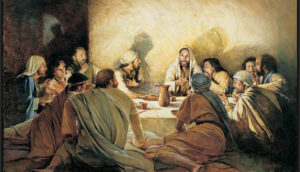
The Fourth Cup of Wine for Elijah. I must admit the first time I learnt that the fourth cup of wine was poured for the prophet Elijah and they open the door inviting Elijah to come in, I was a little …”hold up! you’re leaving out wine for the dead prophet?” Hmmm Then I reflected on it some more and this is how I see this now… Elijah never died. He was taken straight into heaven with the chariot of fire, remember? He also appeared at the Mount of Transfiguration with Jesus (Matthew 17:1-9). Elijah is also a harbinger to the coming Messiah. Even though to the Jews he’s the harbinger to the coming of the Messiah because they don’t believe he already came! So in essence, the act of leaving out the glass of wine is like them saying “come Lord Jesus come”. (Revelation 22:20) Quite frankly I think we are all saying this, right?
As Christians we know that the spirit of Elijah was upon John the Baptist, so the harbinger already came before Christ. Too much to explain in this one post so I’ll do this some other time. We are actually waiting for the 2nd coming of the Messiah and not the first.
I am going to say this again, if you research this online you are going to come up with many different interpretation of the elements in the Seder. It’s all up for personal interpretation. When you attend a Seder pray before you start and ask God to show you what it all means. You’re going to end up with your own revelation on each piece
Now that I have explained all of this to you. I want to show it to you in the New Testament in the Last Supper. I think having a little bit of an understanding of a Passover Seder adds an extra depth to the Last Supper.
Matthew 26:17 – 29
17 Now on the first day of the Feast of the Unleavened Bread the disciples came to Jesus, saying to Him, “Where do You want us to prepare for You to eat the Passover?”
18 And He said, “Go into the city to a certain man, and say to him, ‘The Teacher says, “My time is at hand; I will keep the Passover at your house with My disciples.” ’ ”
19 So the disciples did as Jesus had directed them; and they prepared the Passover.
20 When evening had come, He sat down with the twelve. 21 Now as they were eating, He said, “Assuredly, I say to you, one of you will betray Me.”
22 And they were exceedingly sorrowful, and each of them began to say to Him, “Lord, is it I?”
23 He answered and said, “He who dipped his hand with Me in the dish will betray Me. 24 The Son of Man indeed goes just as it is written of Him, but woe to that man by whom the Son of Man is betrayed! It would have been good for that man if he had not been born.”
25 Then Judas, who was betraying Him, answered and said, “Rabbi, is it I?”
He said to him, “You have said it.”
Jesus Institutes the Lord’s Supper
26 And as they were eating, Jesus took bread, blessed and broke it, and gave it to the disciples and said, “Take, eat; this is My body.”
27 Then He took the cup, and gave thanks, and gave it to them, saying, “Drink from it, all of you. 28 For this is My blood of the new covenant, which is shed for many for the remission of sins. 29 But I say to you, I will not drink of this fruit of the vine from now on until that day when I drink it new with you in My Father’s kingdom.”
All of this is my personal interpretation…
A few things stand out to me now after understanding the Seder. verse 23, when He says the one who dips his hand in the bowl with me will betray me…I believe here is when He was eating the parsley dipped in the salt water which would have been on the table. They were confused because all of them were dipping the parsley which we know it signifies something that started out beautiful that ends in tears (salt water). This is His relationship with Judas. It starts out good when he was selected as one of the disciples and was doing the work of the Kingdom but it ends in tears.
verse 26, then he breaks the bread. The matzah that is broken is the 2nd matzah at this point because… Father, Son, Holy Spirit and the Son was broken. Then He spells it out for them in case they miss the interpretation…”by the way, when you break the 2nd matzah this is my body which was broken for you”. Then He divides it among them. This is when the child returns with the afikomen and it gets divided amongst the attendees.
Now I know you are thinking “are you saying there is a child there?”. Well, the scripture doesn’t say that but if you look at verse 18 it says that they were at “a certain man’s home”. So where is the man? Did he leave when Jesus and the disciples arrived? Is it possible the man had a family? The other accounts of the Last Supper is in Mark 14:12–25 and Luke 22:7–38 and it says that they were given a separate guest room (the upper room) to have their Passover. That means the man and his family were actually in the same house just in a different room. The bible doesn’t focus on them because this is about Jesus and His disciples and communion. So, there could’ve been a child…or maybe there wasn’t and Jesus was just telling them when they go on to do this celebration in the future when the child returns with the afikoman this is what I need you to know….this is my body broken and divided for you.
He was changing the Passover script into Communion.
The point is that when the matzah is broken and divided this signifies His broken body. When they drink the wine then this is the 3rd cup of wine which is the wine of redemption/salvation. When you read the Haggadah and the order of the service you will see that this all ties in with the timing of each of these elements.
He said “29 But I say to you, I will not drink of this fruit of the vine from now on until that day when I drink it new with you in My Father’s kingdom.”
What does this mean? Well, this was the last time He would be sharing Passover with them. He shares it again in His Father’s kingdom because when does salvation actually happen?? After He is dead, resurrected and the Holy Spirit falls upon them. It is only then they are a part of His Father’s Kingdom. He doesn’t enjoy the fruit of that until all of this occurs. The fruit of the vine, is what the vine bears…its children. The children of salvation which can only happen after He goes and the Holy Spirit comes. Hallelujah!
Now we can all celebrate and eat from the fruit of this vine in the Father’s Kingdom!
The Passover Lamb is Jesus. The karpas (parsley) and beitzah (egg) can only be enjoy through tears. I think of them giving Him vinegar to drink at His crucifixion that is the new birth (the egg) coming to us through tears. The bitterness of his suffering and the labor of all those hours of His scourging were all the price that needed to be paid for our freedom. Our redemption. So we can now recline at the table of the Father. We can now partake and have communion directly with Him. Hallelujah!
So what do you do during Feast of Unleavened Bread? 1 Corinthians 5:6-7, you repent. Get rid of the leaven and receive the Passover Lamb, Jesus. Recline in freedom. Celebrate your deliverance, from whatever it is He delivered you from in this season. And don’t you forget it, lest you fall back into that same bondage.
I pray you got this. I believe after you experience a Passover Seder this will become even more clear to you.
I want to close out by sharing this video with you. They seemed to have skipped the egg but the rest of it is quite good
From all of this we see one thing for sure, God wants us to remember. What I love about these traditions is that it causes us to remember. How many times in the Old Testament when the Israelites overcame something did God have them set up a memorial? Many times. Every time He revealed Himself to them in the wilderness they set up a memorial so they could remember Him. We should never just gloss over our deliverances. We should never not stop to remember what He has done for us. We should be collecting stones for our victories so that we never forget. Even with communion He says “do this in remembrance of Me” this is why communion should be a Holy moment and not one taken lightly.
Do we have an Easter tradition? besides hiding Easter eggs? Do we have a Christmas tradition? besides buying gifts? We have to have something in place that helps us to remember HIM!!! Lest, we forget.
That is why He commanded us to do this every year! Exodus 12
What do you do to remember what the Lord has done for you?
Blessings

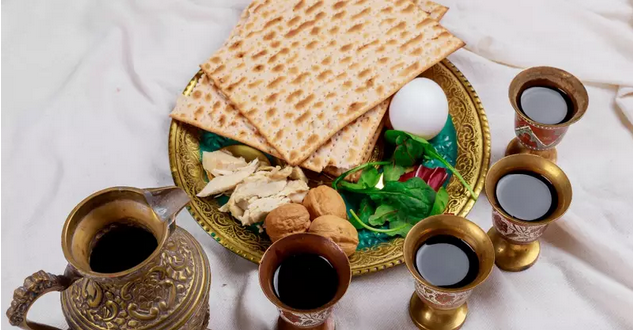
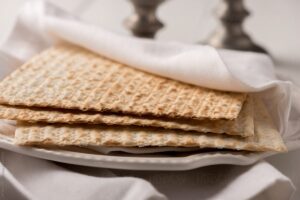
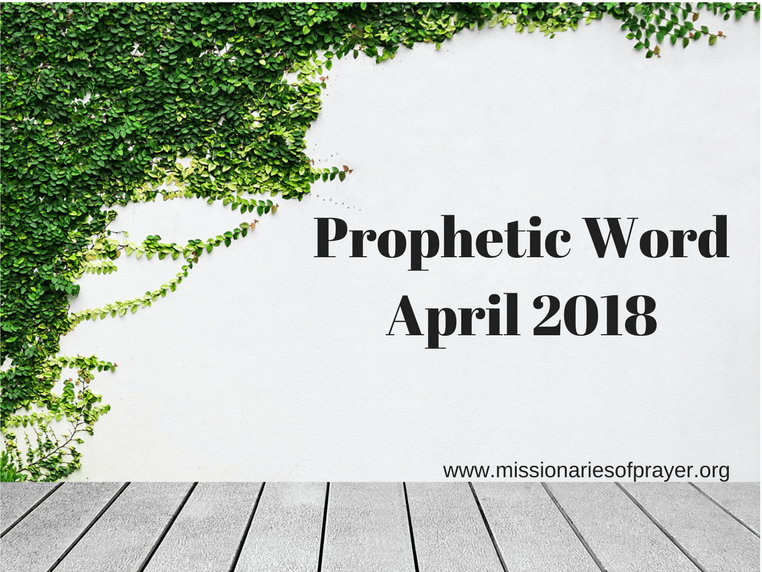
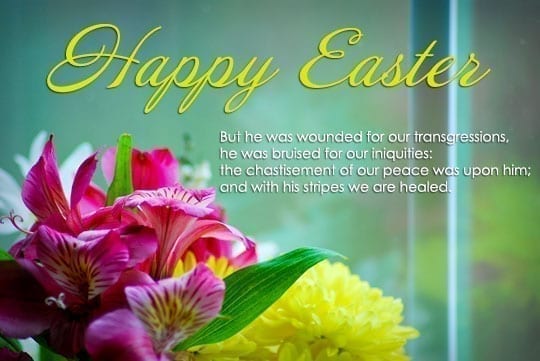
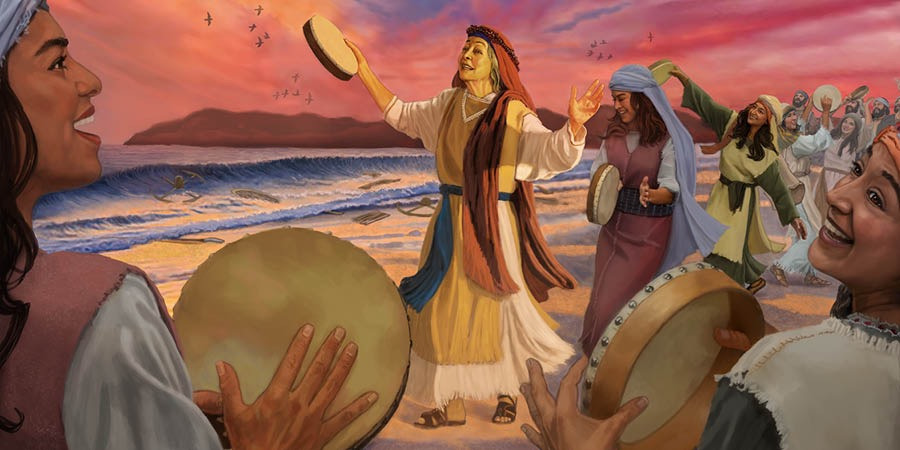

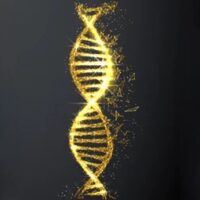
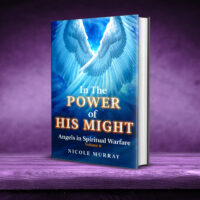
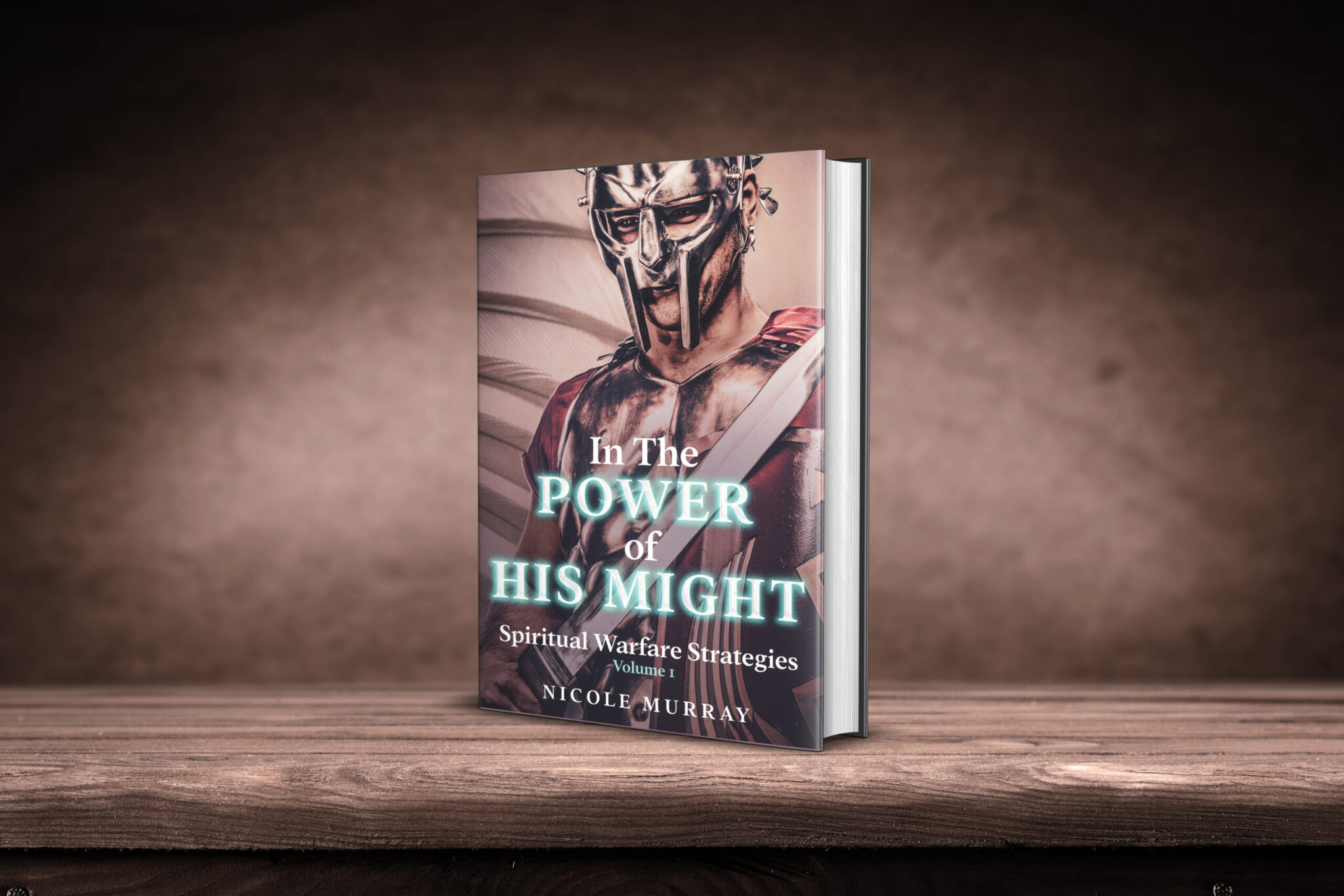
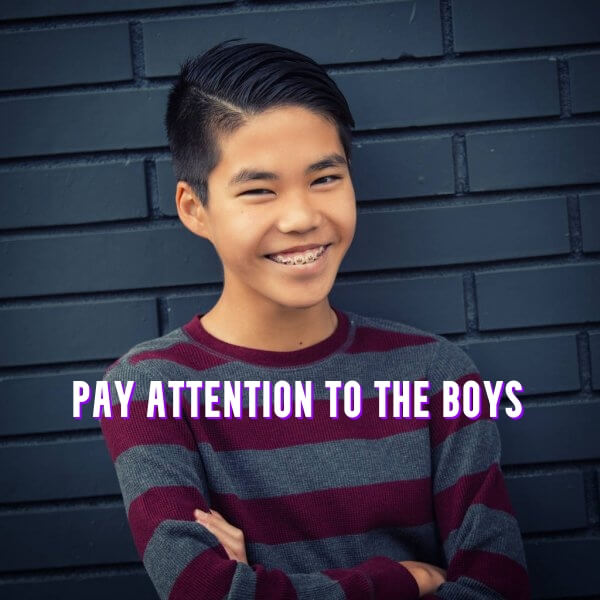
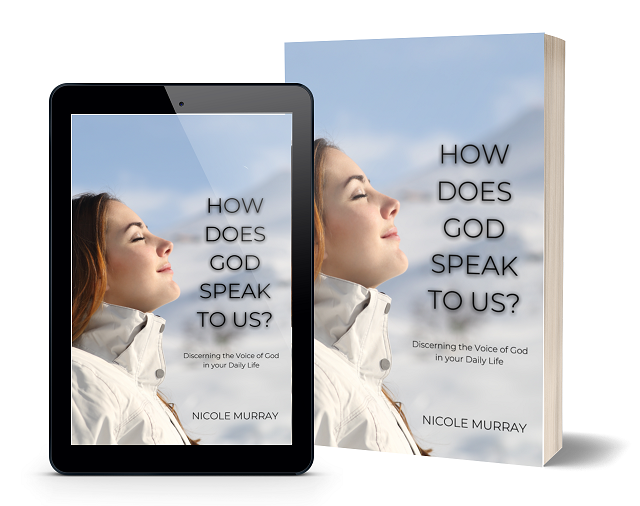
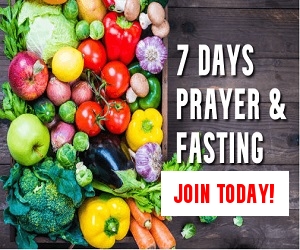
Oh, this is beautiful! Thank you so much for posting this explanation of the Seder and the Haggadah. There is such depth in the meaning of this meal and as the text of the Haggadah tells us, we can sit at the table all night discussing it! I have been at a seder where that happened, and another where one of the guests sat up till dawn looking up all the correlations in her Bible. Your mission and gift of this Passover teaching are a mechaya! (Heb. Blessing)